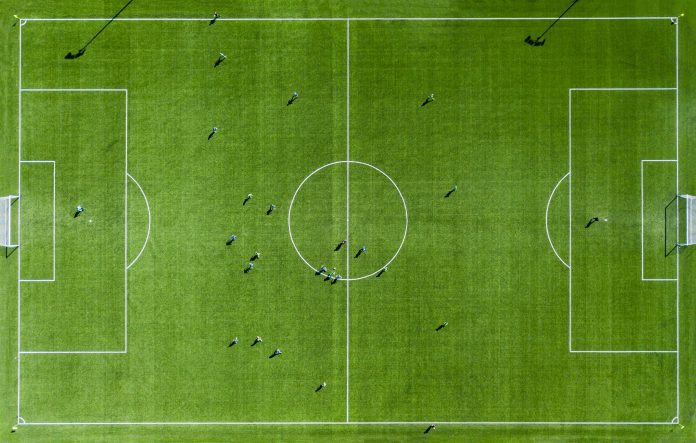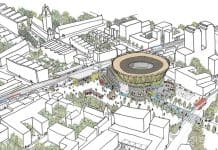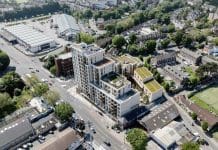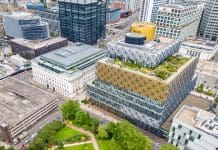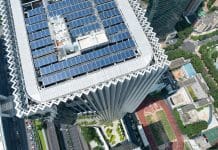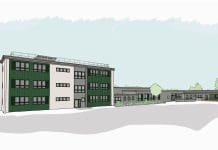The London Football Club, Queen’s Park Rangers (QPR), have unveiled a new state-of-the-art sustainable training ground which will accommodate the Club’s first team, under 23s and academy players
The sustainable training ground was designed by Studio Zoppini Architects and delivered by a project team that included engineering consultants Buro Happold, planning advisors HGH Consulting, and contract administrator Arcadis. Construction was completed by MBL Contractors, and landscaping was carried out by White Horse Contractors.
The teams have worked with QPR to build a coherent building that provides unified facilities for the whole Club. The sustainable training group provides a focal point for engagement with the community.
The 27-acre site is located on the green belt opposite the M4 and residential areas, and Cranford College. It was crucial that the training ground was placed in a sensitive location whilst providing a positive asset to the local community.
The sustainable training ground is a one-of-a-kind design
The building’s shape allows for different areas inside to be divided and arranged in a unique way. The choice of materials is simple and cost-effective but was also chosen to give the sustainable training ground a distinct style.
The training ground has been designed to integrate natural ventilation and daylight, using passive design measures to create a better workplace for all staff and players. There are also several electric vehicle charging points across the facility.
“It was important that the design provides a welcoming and healthy atmosphere for the athletes and staff to generate a positive and supportive environment for the improvement of performance and a collective endeavour. In a similar way, the building performs to high standards,” said Alessandro Zoppini, owner of Studio Zoppini Architects.
Setting standards for sustainable sports facilities
Buro Happold played a key role in creating a sustainable project. The facility includes solar panels and air source heat pumps, resulting in a 35% reduction in energy demand and a 77% decrease in carbon dioxide emissions, surpassing the project’s targets.
Buro Happold’s structural engineering used lightweight timber partitions to reduce the steelwork load and advocated for alternative cement replacement materials. These timber partitions decreased solar heat gain by 21% on the western facade and 23% on the eastern facade.
The project also served as a testing ground for Buro Happold’s embodied carbon tool, a valuable resource in minimising carbon emissions across all their projects.
“It’s fantastic that QPR’s new training ground is complete and ready for its teams to start training ahead of the new football season,” said Steve Macey, director at Buro Happold.
“We’ve been involved over a number of years to consolidate the Club’s first team with the academy onto a single sustainable site, and this is the culmination of all that hard work,” he added.
The sustainable training ground also features a leading hybrid turf system on five new pitches, a comprehensive drainage system, full irrigation, and energy-efficient under-pitch heating.
‘Having worked with the Club for over ten years, we are proud to have made our contribution to this amazing new facility. Procured with four distinct packages of work, it was great to see the contractors and project team all work so closely together to deliver for the Club,” concluded Paul Mitchell, partner at Arcadis.


